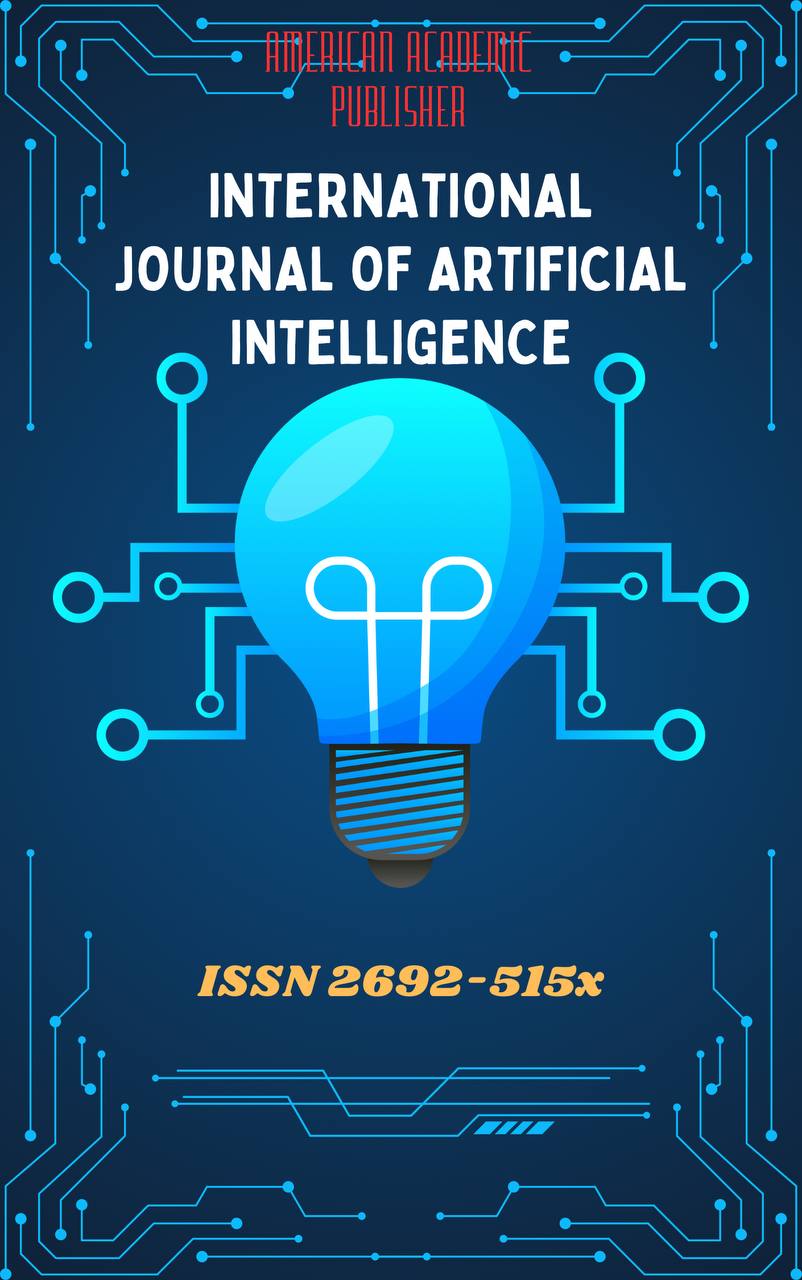 Articles
| Open Access |
Articles
| Open Access | THE TECHNOLOGY OF CREATING A PANEL USING THE KINUSAYGA METHOD
Arabova Nodira Bahodirovna,Bakhtiyorova Ozoda Bakhtiyorovna , Teacher of Technology, Secondary School No. 12, Shofirkon District, Bukhara Region,Student of Secondary School No. 12, Shofirkon District, Bukhara RegionAbstract
This article explores the process of creating decorative panels using the Kinusayga method a unique Japanese art form that involves arranging small pieces of fabric into a base without the use of needles or thread. The paper discusses the historical origins of Kinusayga, its application in modern educational practice, and its artistic and pedagogical significance. The method enhances students’ aesthetic perception, creativity, precision, and patience. It is shown that Kinusayga not only develops artistic taste and fine motor skills but also promotes ecological awareness by reusing fabric remnants. The technique can be effectively used in technology and art classes to cultivate students’ imagination, sense of color harmony, and respect for cultural traditions.
Keywords
Kinusayga, technology, fabric, design, aesthetic education, creativity, handicraft, color harmony, patience, artistic taste.
References
Jalolov, J. J. Fundamentals of pedagogical technologies and teaching mastery. Tashkent: National Society of Philosophers of Uzbekistan Publishing, 2012.
Matmurodov, B. A., Kholiqova, N. T. Modern methods and innovations in vocational education. Tashkent: “Science and Technology” Publishing, 2020.
Abdullayeva, M. Sh. Pedagogical foundations of developing practical skills in technology education. Tashkent: TSPU Publishing, 2021.
UNESCO. ICT in Education: A Critical Perspective. Paris: UNESCO Publishing, 2019.
Mishra, P., & Koehler, M. J. Technological Pedagogical Content Knowledge: A Framework for Teacher Knowledge. Teachers College Record, 108(6), 2006.
Trilling, B., Fadel, C. 21st Century Skills: Learning for Life in Our Times. San Francisco: Jossey-Bass, 2009.
Article Statistics
Downloads
Copyright License

This work is licensed under a Creative Commons Attribution 4.0 International License.

